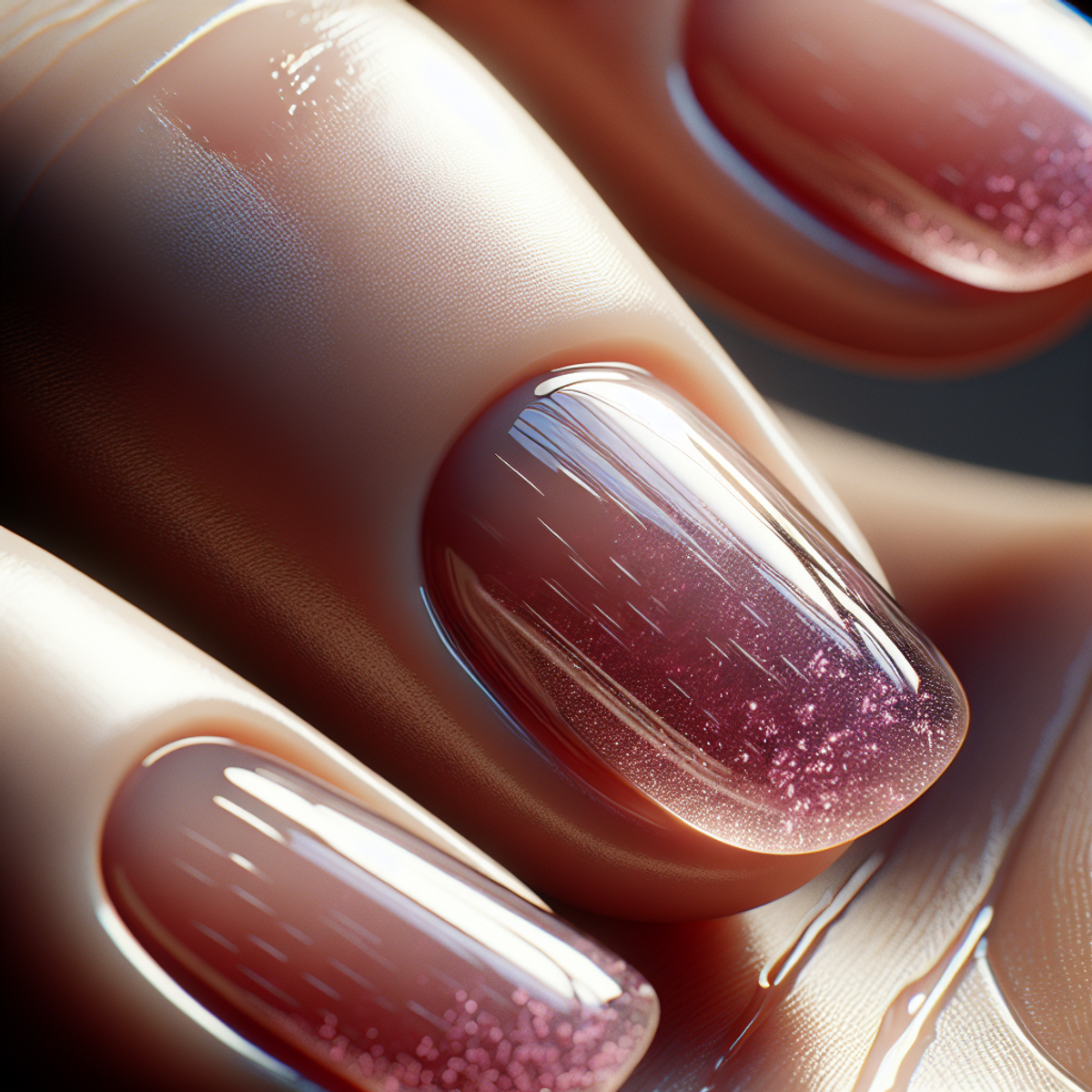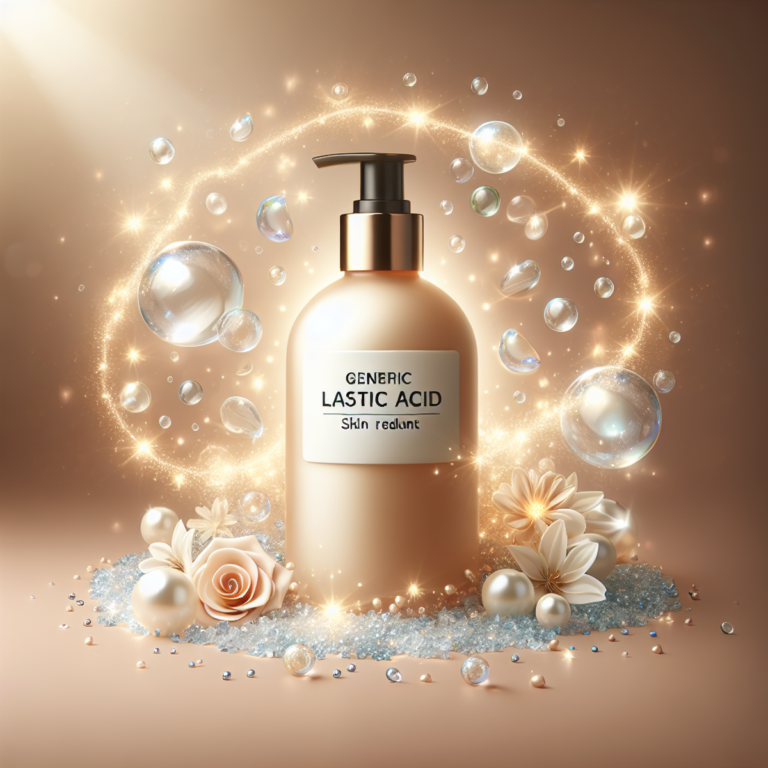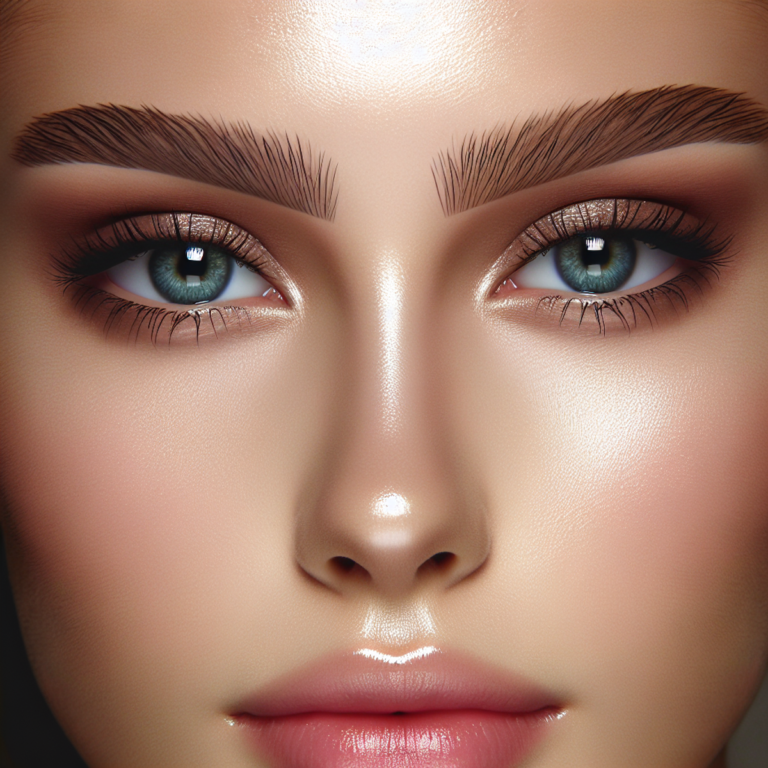How Long Does It Take for Nail Polish to Dry? We Asked Experts

Introduction
Knowing how long it takes for nail polish to dry is crucial for achieving a successful manicure or pedicure. The drying time of nail polish refers to the duration it takes for the polish to fully dry and cure, allowing you to resume your regular activities without smudging or damaging the freshly painted nails. In this article, we will discuss:
- The different factors that affect nail polish drying time
- The average time it takes for nail polish to dry
- Expert tips on how to speed up the drying process
Understanding the drying time of nail polish is essential because rushing through this step can lead to disappointing results. Nobody wants to invest time and effort into a beautiful manicure, only to have it ruined by smudges or imprints. By learning about the factors that influence drying time and implementing techniques to speed up the process, you can achieve flawless nails every time.
Throughout this article, we have consulted with professional nail technicians and beauty bloggers who specialize in nail care and polish application techniques. Their valuable insights will provide you with expert advice on how to optimize your nail polish drying experience. We will also explore alternative methods and explain why certain nail polishes may have variations in their drying times.
So, if you’re tired of waiting around for your nail polish to dry or simply want to improve your overall manicure experience, keep reading. We’ve got you covered with all the information and tips you need to know about nail polish drying time.
Understanding Nail Polish Drying Time and Its Key Determinants
Nail polish drying time depends on several factors, including:
- The formulation of the polish
- The application technique used
- The number of coats applied
Exploring the Science Behind Nail Polish Drying: Evaporation vs. Curing
1. Nail Polish Formulas and Their Drying Characteristics
Different nail polish formulas have varying drying times and properties:
- Quick-drying formulas harden faster but may chip more easily
- Regular formulas take longer to dry but tend to be more durable
- Gel polishes require UV/LED light for curing and offer extended wear time
2. The Role of Application Technique in Drying Time
How you apply the nail polish can also affect how long it takes to dry:
- Applying thick coats can extend drying time
- Thin coats dry faster but may require more layers for full opacity
- It’s important to apply the polish smoothly and evenly for consistent drying
3. Impact of the Number of Coats on Drying Time
The more coats of nail polish you apply, the longer it will take for them to dry completely.
Each of these factors plays a crucial role in determining how long it takes for nail polish to dry. Understanding these key determinants can help you optimize your nail painting process and achieve better results.
If you’re interested in learning about a comprehensive review on different brands’ nail polish, particularly one that could help you make informed choices, you can check out this Olive and June review which provides valuable insights into the quality and performance of various polishes in the market.
Average Drying Time Range for Nail Polish
When it comes to the average drying time of nail polish, it’s important to note that providing an exact timeframe can be challenging due to various influencing factors. The curing process of nail polish involves multiple variables that contribute to the overall drying time. Here’s a closer look at the considerations related to the average drying time range for nail polish:
Explaining the Challenge of Defining Exact Drying Time
- The composition of nail polish formulas can vary significantly, leading to different drying characteristics across brands and types of polish. This diversity makes it difficult to pinpoint an exact duration for complete drying.
- Environmental factors such as temperature, humidity levels, and air circulation also play a crucial role in determining how long it takes for nail polish to dry. Warmer temperatures generally expedite the evaporation process, while high humidity may prolong drying time.
Factors That Can Influence the Average Drying Time
- Nail Polish Formulation: Different nail polish formulations, such as regular lacquers and gel polishes, have distinct drying properties. For instance, traditional lacquers may require more time to dry compared to fast-drying options or gel polishes that cure under UV or LED light.
- Application Technique: The manner in which nail polish is applied influences its drying time. Thicker coats take longer to dry thoroughly, while thin layers facilitate quicker evaporation or curing processes.
- Number of Coats: Applying multiple coats of nail polish can extend the overall drying period. Each layer needs sufficient time to dry before adding another coat, contributing to an extended drying process.
- Freezing Nail Polish: Another factor worth considering is that extremely low temperatures, such as freezing, can affect the consistency and drying time of nail polish. While it’s generally not advisable to freeze nail polish, exposure to cold temperatures may alter the formula’s performance.
Understanding these influencing factors enables individuals to manage their expectations regarding nail polish drying times and adapt their techniques based on specific products and environmental conditions. For those looking for alternatives to curing gel polishes without a UV light, there are methods available, as discussed on Quora.
Expert Tips to Speed Up Nail Polish Drying Time
When you’re eager to get your nails dry and ready to go, there are a few expert tips and tricks that can help expedite the process. Here are some key strategies for speeding up nail polish drying time:
- Applying Thin Layers of Nail Polish for Quicker Drying
- Applying thin, even layers of nail polish is crucial for faster drying. Thick coats take much longer to dry and are more likely to smudge or dent, whereas thin layers allow the solvents in the polish to evaporate more quickly.
- Ensuring Proper Drying Between Each Layer
- Allowing each layer of nail polish to fully dry before applying the next one is essential. This might require a bit of patience, but it significantly reduces the overall drying time and helps prevent smudging or wrinkling.
- The Role of Fast-Drying Topcoats and Drying Drops in Expediting the Process
- Fast-drying topcoats and drying drops are fantastic tools for expediting the nail polish drying process. These products are specifically formulated to help set and dry nail polish rapidly, leaving your manicure smooth, glossy, and touch-dry in no time.
By following these expert tips, you can achieve beautifully polished nails with minimal waiting time.
Understanding Drying Time Variations in Different Types of Nail Polishes
When it comes to nail polish, you may have noticed that different shades and finishes can have varying drying times. This can be frustrating if you’re in a rush or trying to achieve a specific look. Understanding the factors that contribute to these variations can help you plan your manicure accordingly. Here, we delve into the influence of nail polish shades on drying time and how different finishes can affect the overall process.
The Influence of Nail Polish Shades on Drying Time
Believe it or not, the color of your nail polish can impact how long it takes to dry. Darker shades tend to take longer to dry compared to lighter ones. This is because dark pigments contain more colorants and additives, which can affect the formula’s viscosity. As a result, the solvent in the nail polish takes longer to evaporate, prolonging the drying time.
On the other hand (no pun intended), lighter shades generally dry faster since they have fewer colorants and additives. So if you’re in a hurry, opting for a lighter shade might be a good idea.
The Role of Finishes in Drying Time
In addition to shades, the type of finish on your nail polish can also impact its drying time. Here are some common finishes and their characteristics:
- Creme: Creme finishes are opaque and glossy. They tend to dry relatively quickly compared to other finishes due to their smooth texture and lower pigment concentration.
- Shimmer: Shimmer finishes contain tiny particles that reflect light, giving your nails a subtle sparkle. While they generally dry within a reasonable time frame, some shimmer polishes may take slightly longer due to the additional ingredients needed for the shimmer effect.
- Matte: Matte finishes lack shine and give your nails a velvety appearance. These polishes typically dry faster than creme or shimmer finishes because they have a lower pigment concentration and fewer additives.
- Glitter: Glitter finishes are known for their dazzling effect, but they can be the slowest to dry. The large particles in glitter polishes take longer to settle and dry completely. To speed up the drying process, consider using a fast-drying topcoat specifically designed for glitter polishes.
Understanding the drying time variations in different types of nail polishes allows you to plan your manicure accordingly. If you’re short on time, choosing a lighter shade with a creme or matte finish is your best bet. On the other hand, if you’re going for a bold and sparkly look, make sure to allocate extra time for drying or use specific products tailored for glitter finishes.
It’s also worth noting that applying a top coat can significantly affect drying time and the overall appearance of your manicure. For instance, if you’ve experienced issues with dark splotches after applying a top coat, it could be due to the interaction between the nail polish layers. To avoid such mishaps, it’s essential to understand how paint layers interact and cure. This knowledge can be applied not only to nail polish but also [when painting other surfaces](https://salvaged
Seeking Expert Advice and Recommendations for Optimal Nail Polish Drying
When it comes to achieving optimal nail polish drying, seeking advice from professionals and experts in the beauty industry can provide valuable insights and recommendations. Consulting with professional nail technicians and beauty bloggers who specialize in nail care and polish application techniques can offer practical tips and personalized recommendations for enhancing the drying process.
Benefits of Consulting Professional Nail Technicians for Accurate Information on Drying Times
Professional nail technicians have extensive experience and knowledge about various nail polish products, application techniques, and drying times. By consulting with these experts, you can get accurate information about how long it takes different types of nail polishes to dry. They can also give you advice tailored to your preferences, nail health, and lifestyle. If you have any concerns or questions about nail polish drying, professional nail technicians are the best people to ask for reliable guidance.
Valuable Insights from Beauty Bloggers Who Specialize in Nail Care and Polish Application Techniques
Beauty bloggers who specialize in nail care and polish application techniques often share their own experiences, reviews of products, and creative tips for getting great results. They know more than just the basics of applying nail polish – they’re always exploring new methods and trends in the beauty world. By following trustworthy beauty bloggers or interacting with their content, you can learn how to make your nail polish dry faster without sacrificing its longevity. These bloggers usually test out different products and techniques in detail, showing their audience how things work and giving practical advice based on their own experiences.
Additional Insights to Consider
Apart from seeking expert advice on optimal nail polish drying, there are other factors that can contribute to a successful venture into the beauty industry. For instance, if you’re considering starting a nail business, understanding the fundamentals of business management can be beneficial. Additionally, adopting a frugal approach to beauty, as advocated by the Frugalwoods blog, may help you make informed decisions while still achieving desirable results. Remember, finding the right balance between expertise, personal preferences, and financial considerations can lead to a fulfilling and successful journey in the world of beauty.
Conclusion
Understanding the drying time of nail polish is crucial for achieving a successful manicure or pedicure. Patience is key when it comes to allowing nail polish to fully dry and cure. While it can be tempting to rush the process, it is important to give your nails enough time to dry completely to avoid smudging or ruining your freshly painted nails.
Throughout this article, we have explored the different factors that affect nail polish drying time. We have learned about the science behind nail polish drying, including the role of evaporation and curing. We have also discussed the impact of nail polish formulas, application techniques, and the number of coats on drying time.
To speed up the drying process, we have provided expert tips such as applying thin layers of nail polish, ensuring proper drying between each layer, and utilizing fast-drying topcoats and drying drops. These techniques can significantly reduce the overall drying time and help you achieve beautifully painted nails in a shorter amount of time.
It is worth noting that different types of nail polishes may have variations in their drying times. Certain shades may dry faster than others due to differences in pigmentation or formula. It’s important to be aware of these variations and adjust your expectations accordingly.
In your quest for optimal nail polish drying, don’t hesitate to seek advice from professional nail technicians and beauty bloggers who specialize in nail care and polish application techniques. Their expertise and insights can provide valuable information on specific product recommendations and drying times.
In summary, take your time when it comes to allowing your nail polish to fully dry and cure. Experiment with different drying techniques while being mindful of proper application methods and product formulas. By doing so, you can achieve long-lasting, flawless nails that are worth the wait.










